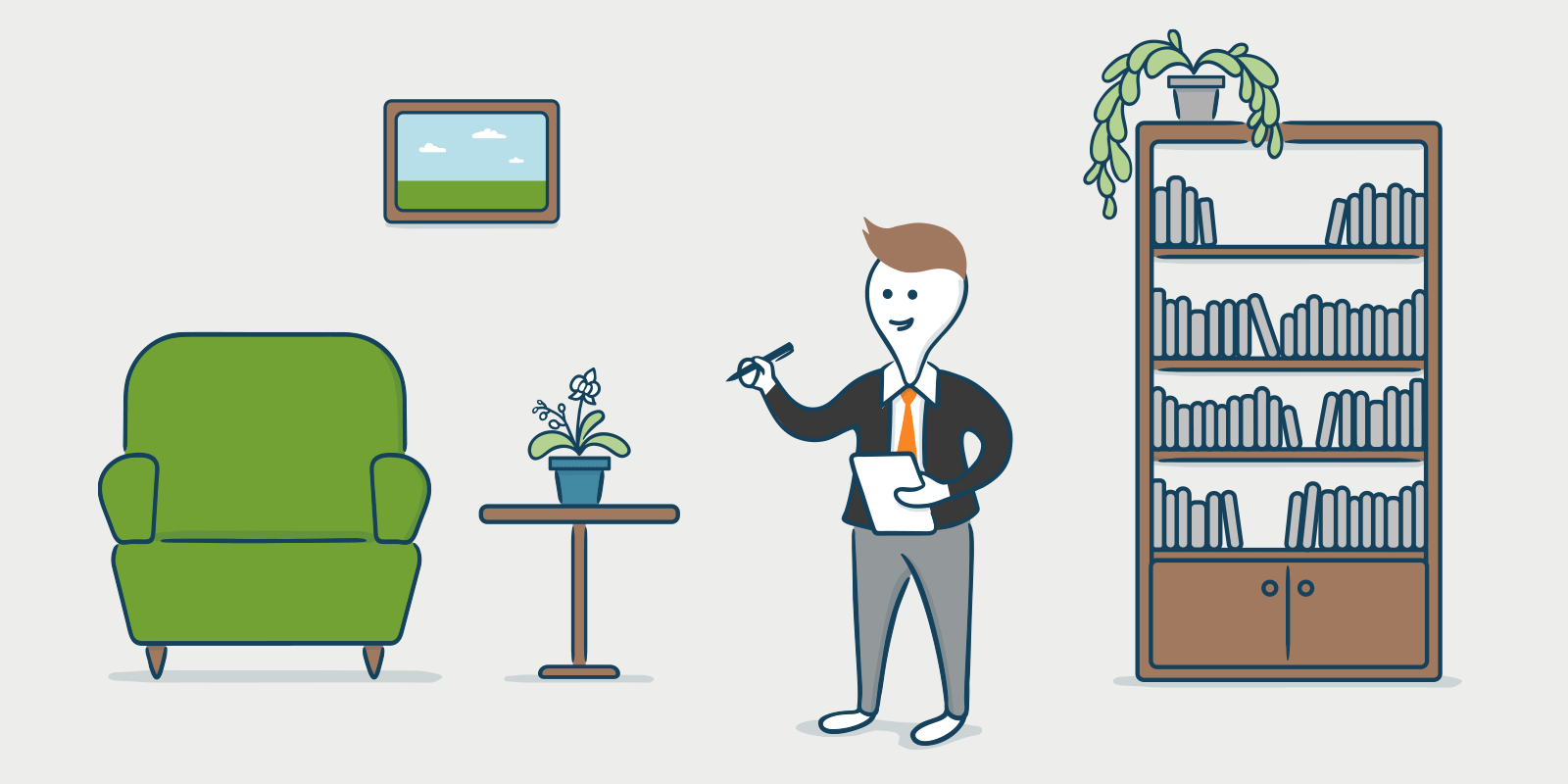
Renovating properties to let them to tenants can be a great way to buy a property cheaply and increase the value of your investment. However, there are lots of mistakes that landlords, and particularly new landlords make. Follow these tips to renovate perfect rental properties which withstand wear and tear and are appealing to prospective tenants.
Decorating walls
If you have ever walked around a Dulux store, you’ll see the vast array of modern colourful mattes along with the classic whites and magnolias. If all homes in the UK were rented, you’d likely see a lot less selection of colours and a lot more creams and whites. Around two-thirds of UK homes are privately owned. And these are the homes best suited to your individual taste and colourful paints.
Rental homes are a different matter. Don’t experiment with your styles and tastes when decorating a rental property. What you like and what the majority likes are not necessarily the same thing. In addition to this, rental properties are often smaller and are better suited to whites and creams. These colours create the best effect and make rooms look more spacious.
When you are shopping for paint for a rental investment, do yourself a favour and steer clear of the colours. Instead make a beeline for plain creams and whites. It’s best to use acrylics or water-resistant eggshell.
Double Glazing
If you’ve bought a rundown property with single glazing, don’t make the mistake of not investing in double glazing. While double glazing can seem like a hefty outlay you can double glaze a small two-bed room property for upwards of £2,000. Neither renters or buyers want a single-glazed property to live in.
So you’ll find you will easily offset the price of double glazing due to an increase in the property value by around 10%. In addition, to which you will be required to provide an energy performance certificate before you rent. Double glazing a rental property will make the home look clean, modern, and will be cosy and energy-efficient.
Floors and Carpets
One of the major expenses you’ll have when decorating a rental property is flooring and carpets. Get this wrong and you’ll be replacing expensive carpets and flooring over and over, again.
If you like a cosy carpet in your bathroom at home, in a rental property it’s best to stick to laminate flooring. Water that is carelessly splashed repeatedly over the sides of a bath or shower can soon cause a carpet to become damp. Similarly, you should choose a good quality laminate flooring for the kitchen and the hallway.
While laminate flooring looks clean and fresh, it’s not entirely suitable for UK homes which can get cold. For sure, your tenant could invest in a pair of slippers to save their feet from cold laminate. However, the carpet will make the property more appealing and cosy. In carpeted rooms such as the lounge and bedrooms, the best choice is a good quality underlay with less expensive dark coloured carpets.
Furnishings
Once you have the double glazing, flooring, and carpets, the kitchen and bathroom fitted, and the walls painted – it’s time to start buying furnishings, right?
Wrong. For the most part, it’s best to leave the property unfurnished. Renting a property as unfurnished has many benefits. Firstly, there’s less expense, to begin with. And most importantly, you don’t run the risk of having expensive items ruined that are not covered by the tenant’s month deposit.
If all you have there are the fixtures and fittings less damage can be caused. The tenant’s deposit will likely be enough to cover any damage over and above wear and tear. In addition, to which, a tenant that moves into your property and brings their own beds, sofas, tables, chairs, and wardrobes is far more likely to stay for longer.
However, there are areas of the rental market, when furnishing your rental accommodation is a must. Many landlords find that offering a complete rental package of small contained units ideal for students can be highly profitable. Typically, all bills are covered including the internet, and a student can move in with just a suitcase.
For these rental properties, you’ll need to provide a bed, desk, lamps, electrical appliances such as a kettle and toaster, bedding and basic kitchen items. In these cases, you’ll likely have to replace items every one to three years. You can buy basic, neutral, and modern furnishings inexpensively from stores such as Ikea.
Shelves and Paintings
It’s up to you whether you choose to add a painting or two and some shelves to the walls. The pictures once again ought to be of a neutral and modern style. You can add pictures you can make the property look a little more homely. It also allows your tenant to take your paintings down and put up paintings of their own style and choice.
By doing this you’ll already have some holes professionally drilled. Your tenants will then be less tempted to ruin your walls (and possibly electrocute themselves) by drilling holes.
Kitchens and Bathrooms
If the kitchen and bathroom in your rental are dated, then replacing them can be expensive. Replacing a bathroom suite will cost from around £2,750 upwards. Updating and replacing a small kitchen is less expensive and costs from around £1,250. It may be possible to keep the cupboards and replace the cupboard doors and work surface to make the kitchen look fresh and appealing. It’s best to choose freestanding kitchen appliances that are far cheaper to fix.
While fitting new kitchens can eat into your renovation, it’s not money thrown away. A modern kitchen and bathroom will make your rental property very attractive to new tenants. Updating a new kitchen can add between 5-15% to the property value. And a new bathroom increase your property’s value by between 10-12%.
Curtains and Blinds
You are not obliged to fit curtains or blinds in a rental property but it will make it far easier to rent. Fitting either can be a hassle for tenants, especially if they have only signed a six-month lease. The cheapest option is to fit curtain poles and hand curtains rather than fitted pelmets. Once again, Ikea offers a selection of inexpensive curtains and poles that will make a property look complete. It’s easy to take these down to wash or replace when renting again.
Landlord’s checklist: Important things to remember
The overall rule of thumb here is to keep your taste and style and lavish, expensive fittings, decoration, and furniture for your own home. Renovating and furnishing a rental property is also about sticking to a budget. So set yourself a budget and try to keep within it, while adding as much value to your investment as possible.
- Carpets and flooring – Invest in durable and dark carpets that can be easily cleaned. Spend money in good underlay instead that will last for years and years and make less expensive carpet feel more luxurious.
- Decoration – Stick to white and magnolias to create a fresh and spacious look that appeals to all and offends no one. You can drill some holes for your tenants to add their own [paintings but ensure you tell the tenants you don’t want them drilling holes in your walls.
- Kitchens and Bathrooms – You can update both the kitchen and bathroom in a small home for around £4,000. While it’s an expense you will likely add between 15-27% combined. It’s therefore well worth the investment.
- Hang neutral curtains that will make the property look complete. You can buy curtains that if not damaged can easily be washed to make them look fresh again.
- Double glazing – You can make the rental property safe, appealing and energy-efficient by installing double glazing. You can add a further 5% to your investment by installing double glazing.



 Protect the environment. Reduce paper consumption and help save the trees as well as save money at the same time.
Protect the environment. Reduce paper consumption and help save the trees as well as save money at the same time. 
